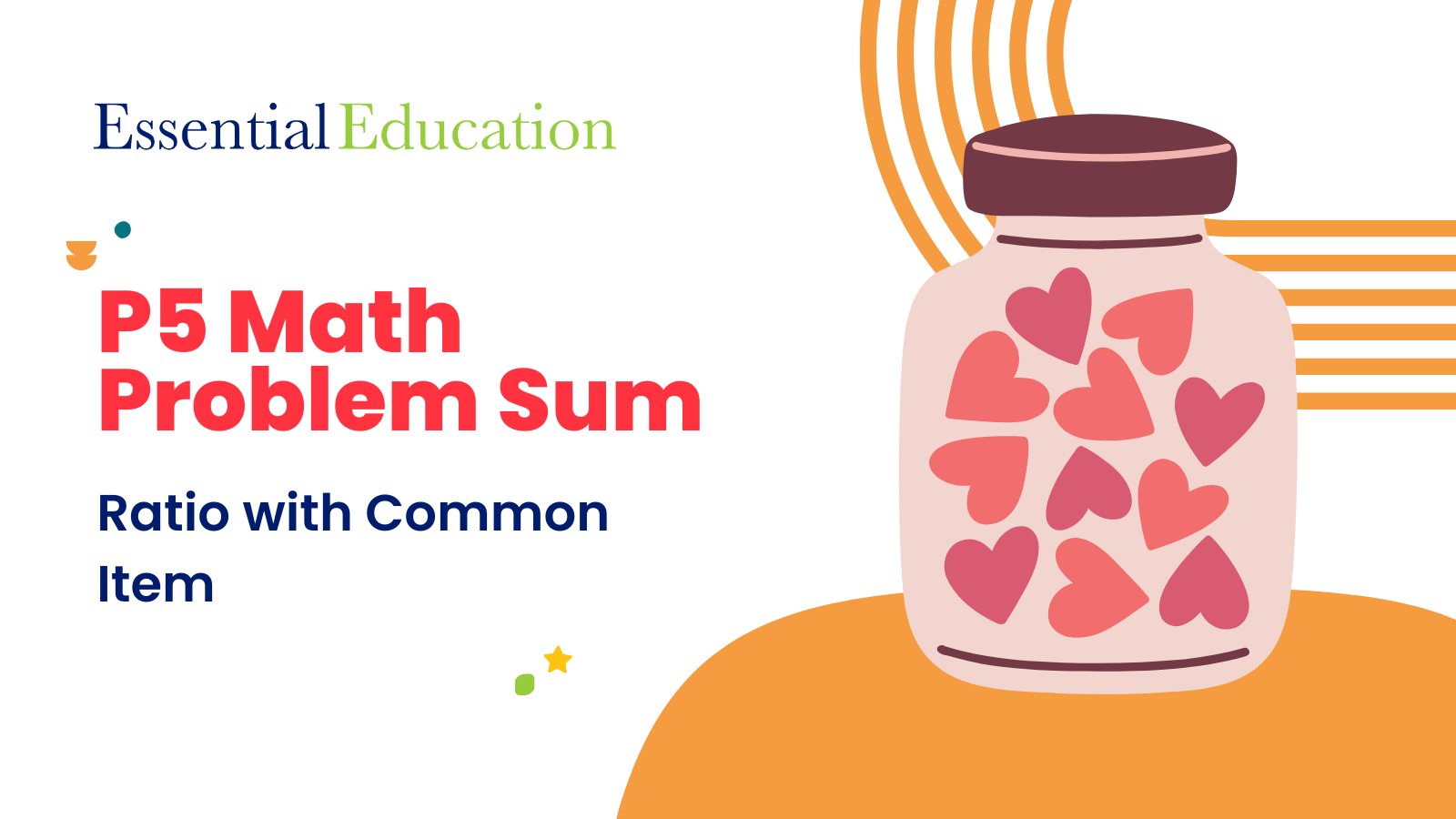PSLE Subjects Tips
Selected materials to help your child with
PSLE Preparation and Revision
Learn More ↓
A Rigorous Program that Drives Results
Experience our curriculum that has helped numerous students improve their Primary School English, Mathematics and Science results. Crafted by a team of curriculum experts consisting of ex-GEP teacher and graduates from Top Universities, with over 15 years of experience, our well-structured curriculum will give your child an academic edge.

P5 Math Problem Sum: Percentage of Quantity of 2 Items that Changed (Before-After)
Learn the shortcut! By turning the percentage into ratio and using the ratio technique to solve, you now have 1 less thing to learn and it's much easier!
An Example Problem:
In a class, 60% of the students are girls while the rest are boys. After 15 boys left the class, only 10% of the students are boys. What is the total number of students in the class at first?

P5 Math Problem Sum: Fraction of Quantity of 2 Items that Changed (Before-After)
Learn the shortcut! By turning the fractions into ratio and using the ratio technique to solve, you now have 1 less thing to learn and it's much easier!
An Example Problem:
In a class, there are 2/3 as many boys as there are girls. After 15 boys left the class, the number of boys is only 1/9 that of the girls. What is the total number of students in the class at first

P5 Math Problem Sum: Ratio of Quantity of 2 Items that Changed (Before-After)
Learn the easy step-by-step algorithm to solve problem sums that involve a ratio that is changed with an action, a common question in the PSLE and school exams.
An Example Problem:
In a class, the ratio of the number of girls to the number of boys is 3 : 2. After 15 boys left the class, the ratio of the number of girls to the number of boys became 9 : 1. What is the total number of students in the class at first?

P5 Math Problem Sum: Finding Value from Ratio of Quantities
Learn the easy step-by-step algorithm to solve problem sums where you are to find the value when provided information on the ratio of the quantity of 2 (or more) items.
An Example Problem:
Jason has some coins worth a total of $37.20. Given that the ratio of the number of 50-cent coins to the number of 20-cent coins is 5 : 3, find the total value of his 50-cent coins.

P5 Math Problem Sum: Ratio with Common Item
Solving problem sums involving multiple ratios for different items but has 1 common item.
An example problem would look like:
Alicia and Betty had a number of sweets in the ratio of 2 : 5. Alicia and Chloe had a number of sweets in the ratio of 3 : 1. If they had a total of 184 sweets, how many sweets did Chloe have?

